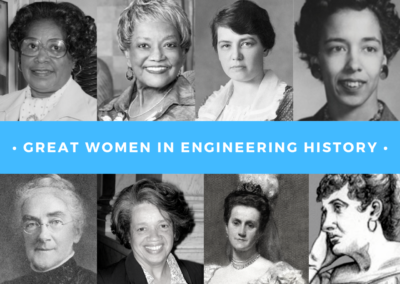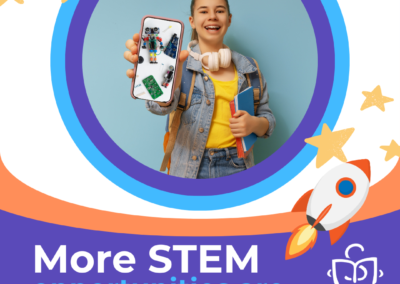In today’s rapidly advancing world, STEM (Science, Technology, Engineering, and Math) careers are among the most promising paths for young people. However, many students remain unaware of the opportunities in STEM, often due to limited exposure and resources. A recent PBS article delves into the barriers around STEM career awareness and why it’s essential for educators to take action now to close this gap. By addressing these challenges, we can open doors for students and help them build strong career pathways in high-demand STEM fields.
The Challenges in Raising STEM Career Awareness
Educators are often tasked with introducing students to STEM concepts but may find it challenging to connect those lessons to real-world careers. The PBS article identifies several key obstacles, including:
- Lack of Resources: Many schools, particularly in underserved areas, lack the resources to provide robust STEM education or connect students with industry professionals.
- Stereotypes and Misconceptions: Some students hold misconceptions about what STEM careers involve or believe that these careers aren’t accessible to them, especially students from underrepresented groups.
- Limited Career Exposure: Without regular interaction with STEM professionals, students may struggle to envision themselves in these roles or understand the vast array of career options available.
Why It’s Crucial to Address These Challenges
With a strong foundation in STEM, students have access to careers that are not only financially rewarding but are also integral to addressing global challenges—like sustainability, healthcare, and technology innovation. Raising awareness and making STEM careers accessible can help:
- Build Confidence: Early exposure to STEM careers can empower students to pursue these fields, knowing they are capable and welcome.
- Diversity in STEM: Increasing awareness and interest across all student groups can help create a more diverse and inclusive STEM workforce.
- Fill Workforce Gaps: Many STEM industries face talent shortages; inspiring today’s students can help meet future demands.
Actionable Steps for Educators to Foster STEM Career Interest
To help overcome these challenges, the PBS article outlines several strategies that educators can apply to engage students in STEM and show them the possibilities within these fields:
- Integrate Career Exploration in the Classroom: Dedicate class time to exploring different STEM careers. Interactive discussions, videos, and research activities can give students a broader view of what’s out there.
- Invite STEM Professionals: Host guest speakers or virtual meet-ups with STEM professionals. These interactions allow students to hear first-hand about various career paths and ask questions, making these professions feel more tangible.
- Offer Hands-On STEM Experiences: Projects and hands-on activities related to real-world problems can deepen interest and help students see the practical impact of STEM.
- Promote STEM Competitions and Clubs: Encourage students to join STEM-related clubs, competitions, or afterschool programs. These experiences help build teamwork, problem-solving skills, and a sense of community around STEM.
- Highlight STEM Success Stories: Share stories of people from diverse backgrounds succeeding in STEM fields. Highlighting role models who students can relate to can be incredibly motivating.
Building the Future STEM Workforce
Creating a strong awareness of STEM careers is more than an educational task—it’s an investment in the future workforce. By engaging students in STEM pathways today, we help ensure that tomorrow’s industries are filled with skilled, passionate individuals ready to tackle society’s biggest challenges.
The PBS article reminds us that while the journey to building STEM awareness has its challenges, the rewards are profound. For every student who sees themselves in a STEM career, we’re taking a step closer to a diverse, innovative, and capable workforce.
Let’s work together to inspire the next generation in STEM!









